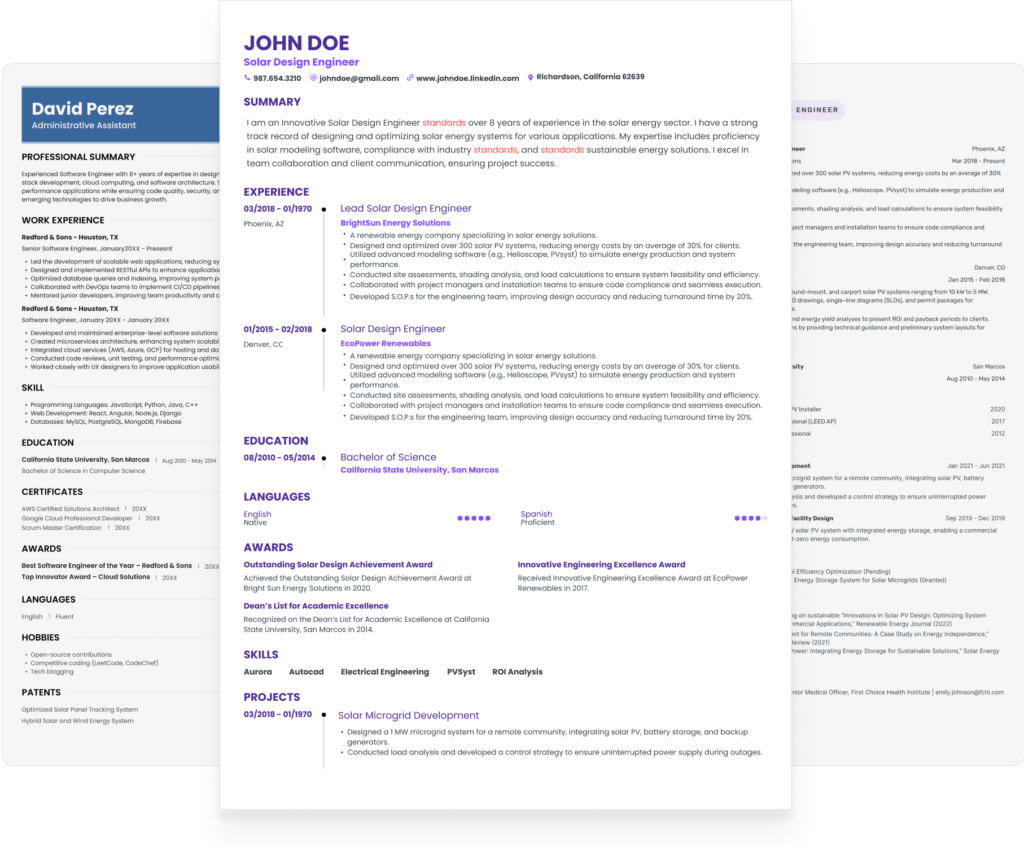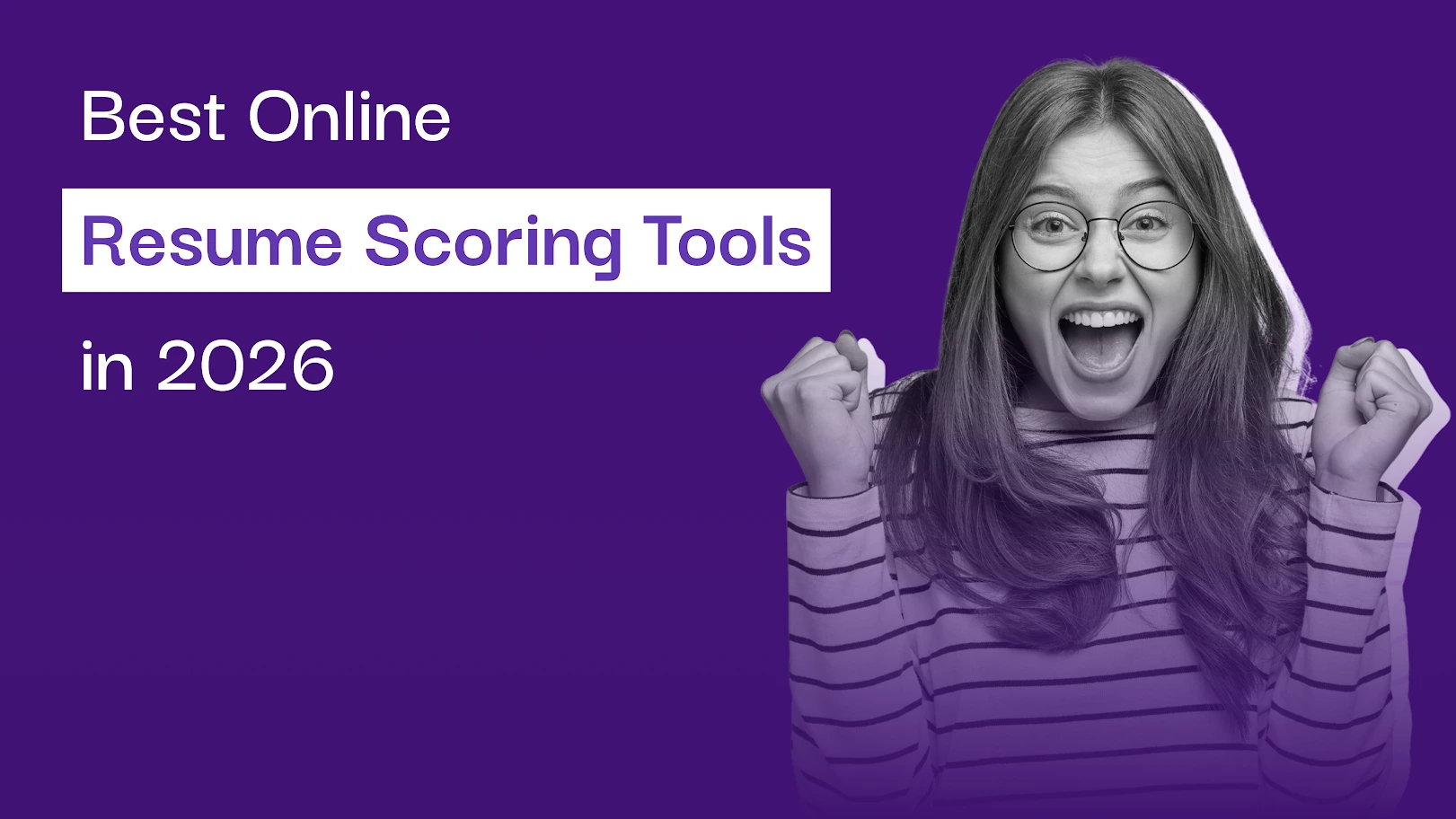This guide breaks down what recruiters prioritize, how they scan CVs, and how a CV improvement tool can help you optimize your application for better results.
What Makes a Good CV?
Recruiters review hundreds of CVs a week. What makes a few of them rise to the top?

1. Clear, Readable Formatting
- Professional layout with distinct sections
- Easy-to-scan headings like “Work Experience,” “Skills,” and “Education.”
👉 How to write a resume headline with examples - Bullet points instead of long paragraphs
2. Relevance to the Role
- Tailored job titles and skills
- Keywords that match the job description
- Experience and achievements aligned with the job requirements
3. Quantifiable Achievements
- Recruiters love numbers. Use data to back your accomplishments (e.g., “Increased sales by 30% in Q2”).
4. Consistency and Professionalism
- Matching fonts and sizes
- No typos, grammar issues, or informal language
- Reverse chronological order in work experience
5. ATS-Friendly Structure
- Many companies use Applicant Tracking Systems (ATS) to filter resumes before a human sees them. CVs that pass through ATS usually:
- Avoid tables, images, or complex formatting.
- Use standard section headers.
- Include relevant keywords
How Do Recruiters Scan a CV?
Studies show recruiters typically spend 6 to 8 seconds on an initial scan. In that short window, they look for:
- Job titles and company names
- Dates of employment
- Skills and technologies used
- Education background
- Visual red flags (e.g., dense text, missing information, lack of structure)
This skim is followed by a deeper read only if your CV passes the initial test.
How a CV Improvement Tool Helps
A CV improvement tool works as a virtual career advisor. Here’s how it helps optimize your resume:
1. Keyword Optimization Scans your CV against job descriptions to identify missing skills or keywords crucial for ATS and recruiter search.
2. Structural Suggestions Highlights missing sections or inconsistent formatting so you can create a more organized layout.
3. ATS Readiness Check Identifies potential blocks that could confuse ATS systems—such as tables, graphics, or unusual headings.
4. Real-Time Scoring and Insights Gives your CV a performance score and tells you which areas need improvement: clarity, action verbs, soft skills, etc.
5. Role Relevance Scoring Some advanced tools, like avua resume builder, compare your CV against specific job roles and titles. You get personalized recommendations for:
- Skill alignment
- Industry relevance
- Seniority matching
Key Takeaway: Recruiter-Ready CVs Start with Smart Tools
In today’s job market, listing your experience is insufficient. You need to speak the recruiter’s language and pass through technology filters.
A good CV improvement tool shows you what’s missing and helps you fix it. If you’re serious about landing interviews, leveraging such tools is no longer optional—essential.




